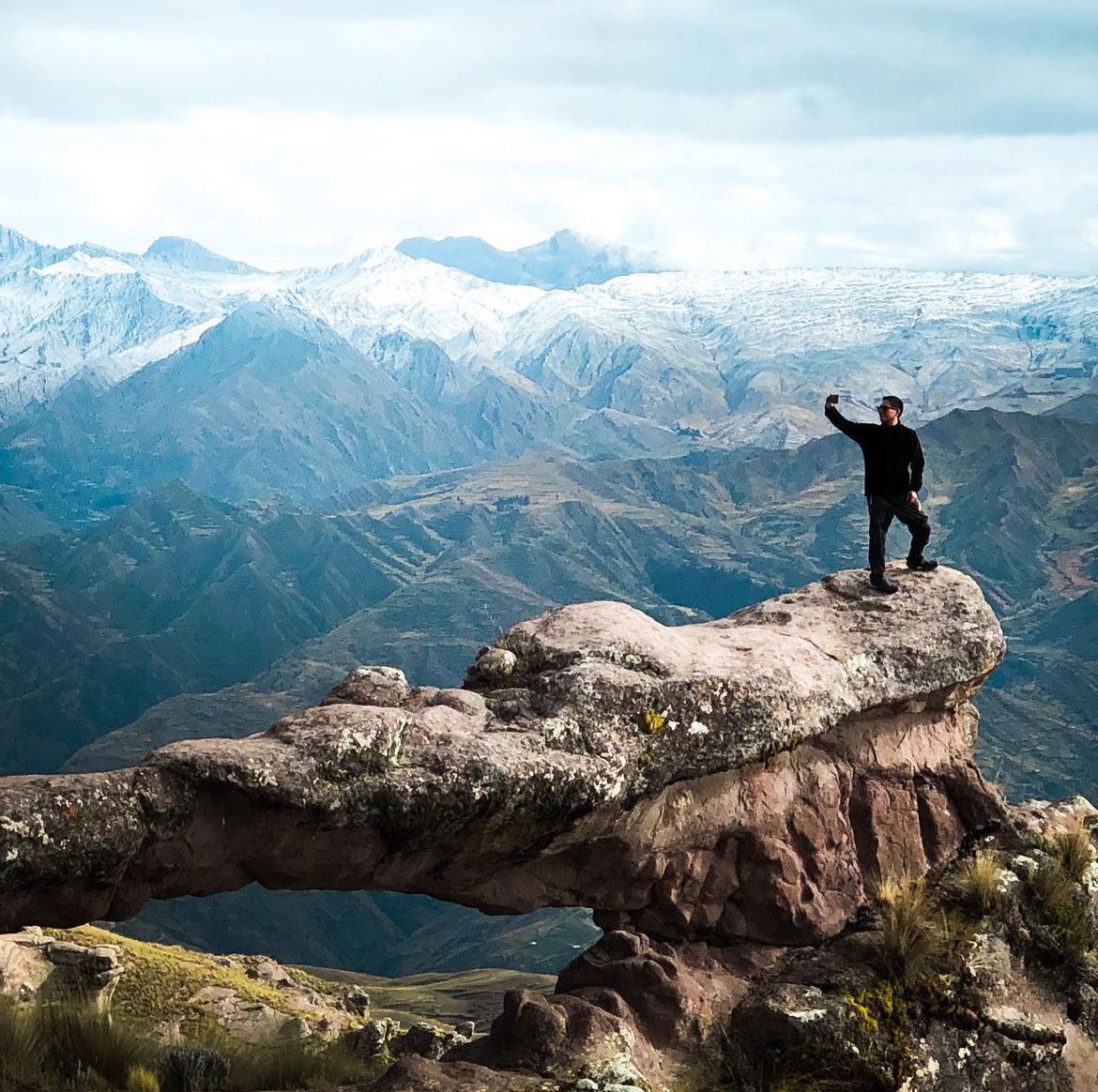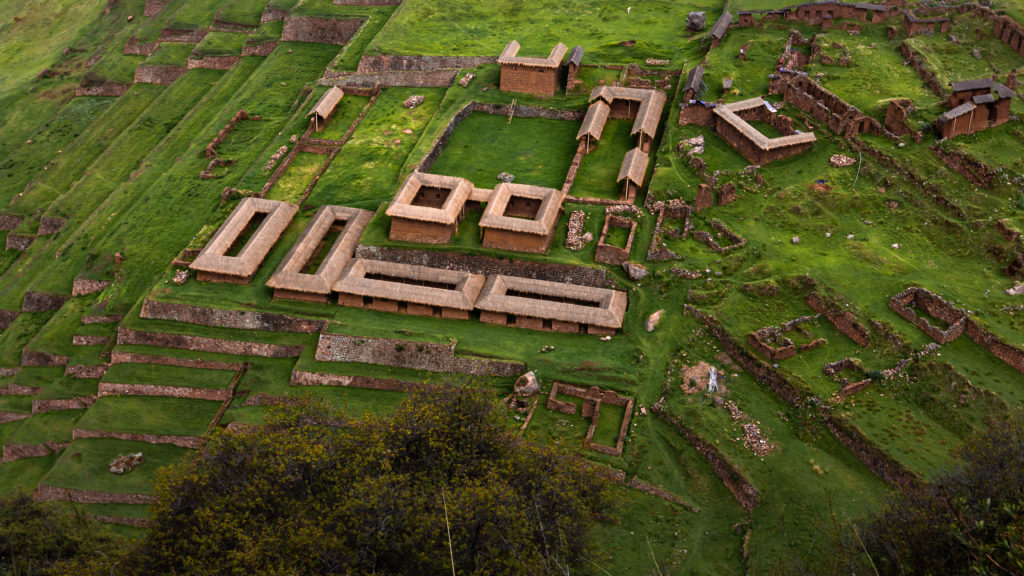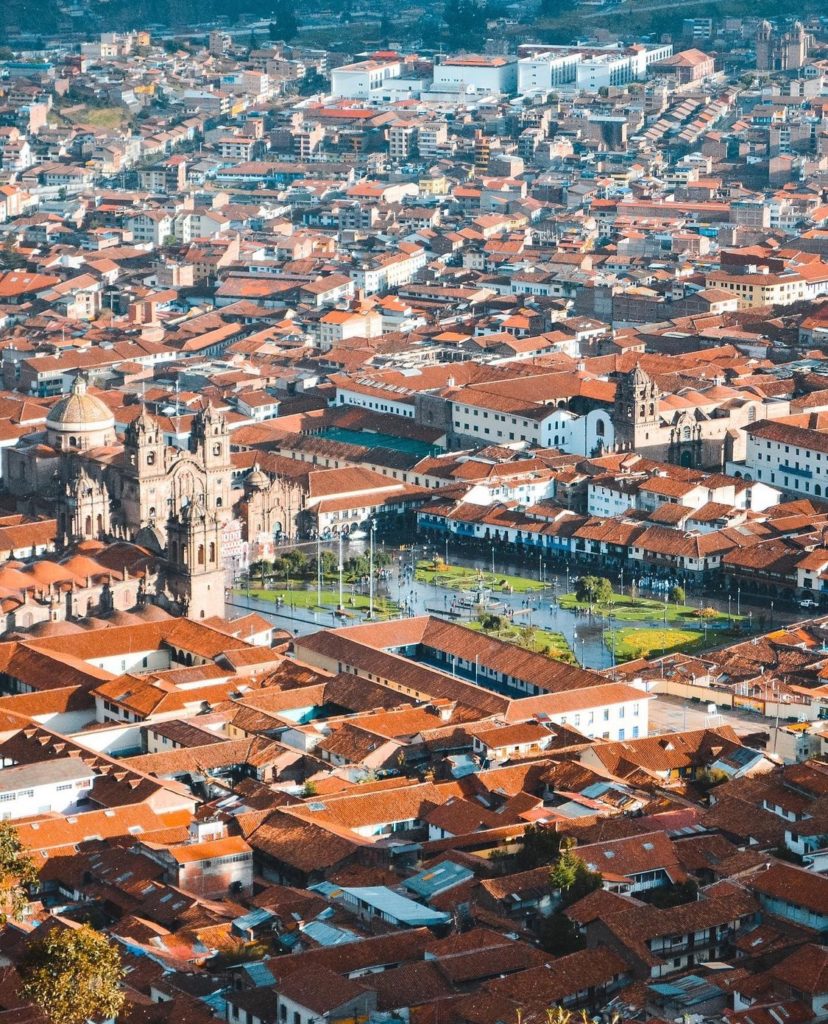Cusco, Peru is a charming city in the country’s highlands. While you could easily spend your whole trip wandering through the streets of this city, most people know it as the main gateway to Machu Picchu, the Inca trail, and many other excursions around the region.
Cusco is the perfect base for day trips to some of the country’s prettiest Andean landscapes. The area is most well known for longer hiking and camping trips for adventure lovers to complete once in their lives, there are plenty of gorgeous lakes in the Cusco region you can reach from the city by car. The Cusco region is splashed with hundreds of remote, scenic lakes, many of which are less visited or unexplored by tourists yet.
The incredible lakes in Peru around Cusco may be the country’s best-kept secret. For your first trip, visit at least one of the three lakes we recommend below, all easily reachable on a one-day tour from Cusco.

QUINSA Q’OCHA LAKE
Hidden away near Pisaq about two hours in the eastern end of the Sacred Valley of the Incas, this lake is a three mile loop.
The vibrant blue and green hues of the water come from snow and natural spring water that exist just at the skirt of the mountains. While the cold, sweet water invites an abundance of wildlife (trout, birds, algae, and other microorganisms) we don’t recommend swimming due to the low temperature. But the tranquility and peace of the lake is ideal for a boat experience or fishing sport.
Another reason this is one of the most incredible lakes in the region is due to the adventure-minded variety of hiking, boat riding, and llama trekking trails around the lake
HUMANTAY LAKE
Located in the western part of the Anta province, 90 kilometers from Cusco, this lake and it’s next door neighbor, Inca Chirisak’a lake, are near the starting point for backpackers who take the path to the Salkantay glacier and Machu Picchu.
The Humantay lake is among the most popular lakes and takes two hours hiking from the trailhead of Soraypampa or you can ride horse for forty five minutes. Inca Chiriask’a Lake is a little bit farther and less-crowded than Humantay Lake. Each is independently breathtaking, with layers upon layers of natural colors, from green to clear blue thanks to the snow-caped mountains of Humantay and Salkantay.
The area surrounding is spectacular too and offers expansive views of the seemingly endless valley. However, the Andes can be both windy and cold with unpredictable weather, so you should be adequately experienced and prepared for remote, high-altitude hiking or camping.


SEVEN LAKES OF AUSANGATE
The glistening 7 lakes of Ausangate are quite close to the Ausangate Mountain which is the second highest Mountain in Peru. The land around the lake has rolling crop fields and domestic animals like llamas and alpacas and natural hot springs with a sprinkling of camping areas in between. It has more locals around compared to other lakes in the area, and some common sights will include scenes of families weaving textiles with their children and farmers carrying their crops and stools on their backs while pulling llamas. It’s a unique cultural charm. It’s also still relatively unvisited by tourists even though it’s one of the most recommended lakes to see.
Seven lakes are three hours by car from Cusco. The trailhead is called Pacchanta and begins at 14,107ft. The whole loop will take 3-4 hours hiking. This tour can be done in one day or as part of the multi-day Ausangate Rainbow mountain hike.
We highly encourage you to visit any and all of the lakes listed above, but please keep in mind that they are all at high altitude – Quinsa Q’ocha lake is located over 4,000 meter/13,123ft, Humantay is 4200m/13779ft, and the 7 Lakes are at 4330m/14,207ft up in the Andes mountains – so we highly recommend that you acclimate for 2 days in Cusco and make appropriate considerations for high-altitude hiking before beginning any trip. The trails are well marked so you can do it by yourself, but we highly recommend visiting these sites with a guide for the best and safest experience.























